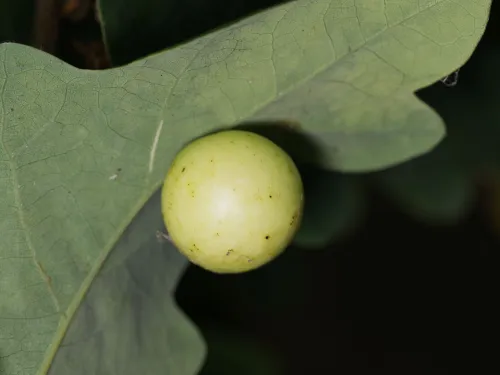
Cherry gall wasp
Living up to its name, the cherry gall wasp produces growths, or 'galls', on oak leaves that look like red cherries. Inside the gall the larvae of the wasp feed on the host tissues but cause little damage.
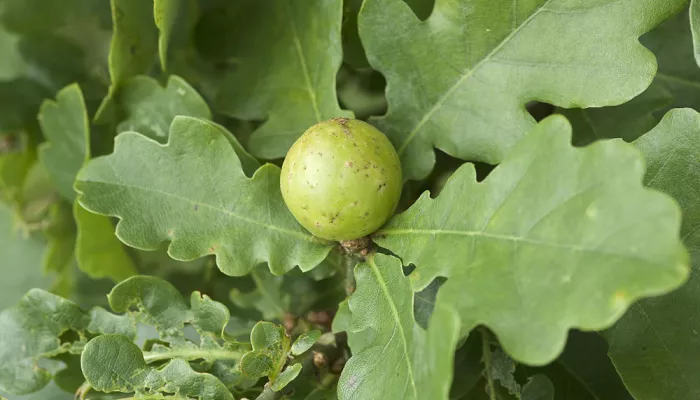
Gall wasps, like some other insects, bacteria, or fungi cause abnormal growths (known as "galls") on trees of different species by laying their eggs and larvae on different parts of the tree. Learn about them here.

Living up to its name, the cherry gall wasp produces growths, or 'galls', on oak leaves that look like red cherries. Inside the gall the larvae of the wasp feed on the host tissues but cause little damage.
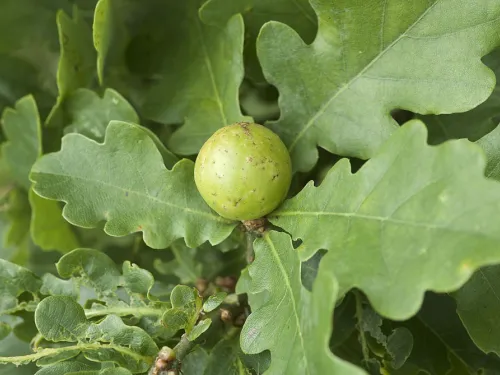
Living up to its name, the oak apple gall wasp produces growths, or 'galls', on oak twigs that look like little apples. Inside the gall, the larvae of the wasp feed on the host tissues, but cause little damage.
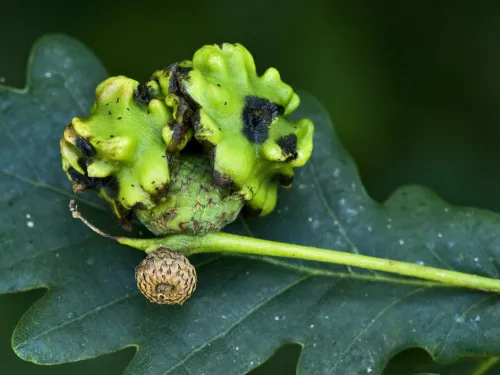
The knopper gall wasp produces knobbly red, turning to brown, growths, or 'galls', on the acorns of Pedunculate Oak. Inside the gall, the larvae of the wasp feed on the host tissues, but cause little damage.

The oak marble gall wasp produces brown, marble-shaped growths, or 'galls', on oak twigs. Inside the gall, the larvae of the wasp feed on the host tissues, but cause little damage.
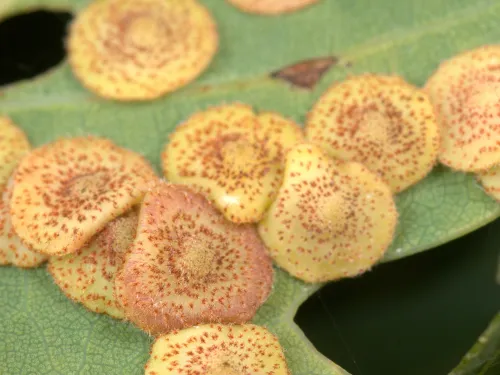
The common spangle gall wasp produces a small, disc-shaped growth, or 'gall', on the undersides of oak leaves. Inside the gall, the larvae of the wasp feed on the host tissues, but cause little damage.
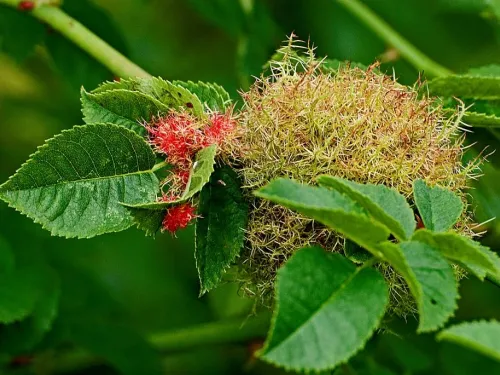
Living up to its name, the Robin's pincushion is a red, round, hairy growth that can be seen on wild roses. It is caused by the larvae of a tiny gall wasp that feeds on the host plant, but causes little damage.